
Ever since Martin Scorsese made Goodfellas, giving the crime thriller a shot of sleek cool and moral complexity that moviegoers had not seen since the days of Delon and Melville, directors have hoped to recreate that film’s bustling energy and unnerving stabs at violence. In the process, many of those filmmakers have just ripped off Scorsese’s stylistic impulses, like electric montages to American rock and roll music, and glorified, sweeping long takes. However, Scorsese’s proclivity to craft absorbing, deeply conflicted heroes and villains is harder for others to master. Case in point: Cédric Jimenez’s stylish but formulaic true-crime thriller The Connection, which makes its world premiere at the Toronto Film Festival this week.
The title refers to the infamous “French Connection” heroin ring. Seasoned moviegoers and fans of 1970s cinema know that name from the Oscar-winning thriller with Gene Hackman as Jimmy “Popeye” Doyle. Well, that New York-set film showed the American angle to what was one of the world’s most dangerous drug smuggling syndicates, one actually based in Marseilles. That French trading port is the epicenter of this new crime drama, which is inspired by true events.
Shot on 35mm – a choice that gives the film a vintage, era-fitted feel – The Connection tells the story of Pierre Michel (The Artist’s Jean Dujardin), a successful magistrate who gets the coveted role as the head of the town’s organized crime department. Coming into the job just as a plague of heroin spreads from Marseilles into other popular cities, Pierre devotes all of his efforts to tracking down the drug lord behind this lurid trade, Zampa (Mesrine’s Gilles Lellouche).
Whereas other screenwriters would focus on propelling Pierre and Zampa closer together, exposing the ways both cop and criminal are alike, Jimenez (and co-writer Audrey Diwan) are content to stick with characterization that is typical for the genre. Pierre’s obsession over getting closer to the root of the drug ring becomes a chore to all of those around him, appalling his wife (Céline Sallette) and family. Meanwhile, Zampa speaks with the punch of a Mean Streets-era Robert De Niro – an actor that he also bears a stunning resemblance with – and threatens his team with big trouble if anybody betrays him. Instead of fusing these characters, inspired by real men, into dynamic creations, Jimenez and Diwan settle for boilerplate figures and tired tropes of the crime drama.
As a result, the 135-minute drama sags when it should throttle forward. This is familiar territory, as are the pastiches to Scorsese, coming in the form of tightly edited montages of packing mountains of pure heroin into tight packet and loading them into Volkswagens before the bad guys count cash. An early montage features an instrumental version of a Rolling Stones song, Paint it Black, pulsating in the background. In his vibrant thrillers, Scorsese mastered the needle drop, with the electric versions of rock staples Layla and Jumpin’ Jack Flash rejuvenating an already energetic atmosphere.
In another scene reminiscent of yet another sequence from Goodfellas, cinematographer Laurent Tangy tracks characters walking around a red-hued nightclub for more than a minute. Here, one feels that Jimenez is just pushing the rock and blues-based soundtrack as a way to pay tribute to Scorsese than to absorb audiences into what is happening in the scene. However, when not reminding the audiences of more thrilling scenes from crime cinema, Jimenez juxtaposes these flair-filled moments with documentary-like realism. The camera creeps with the officers as they search for a heroin lab, while many of the big plot turns and exposition dumps come in the form of news reports, given directly to the audience.
As the obsessive Pierre, Dujardin is great, although the role has its limitations. He does offer the charm and gravitas he brought audiences in his Oscar-winning turn as a beleaguered silent movie star in The Artist. However, as solid as he is in the role, the character does not make any new ground, so his performance is just as by-the-book as the characterization. It turns out that Michel’s sole unique attribute is that he has a superb memory and can retain the birthdays of the prime suspects. The same lack of dynamism befalls Lellouche, who gives off a piercing intensity as Zampa. One of the antagonist’s rare moments of dark satisfaction comes when he tells a story about a punishment where a man had to consume a whole bottle of grappa, before forcing an adversary to do a similar act.
Nevertheless, Jimenez has a clear passion for the crime thriller and he has the tricks up his sleeve to make a kinetic, thrilling ride. The car and motorcycle chase scenes have a visceral energy from the handheld cinematography, yet there is also clarity in these moments. We can always tell what is going on and who is following whom. While the director tries to mirror the techniques of other great crime thriller masters, The Connection is too standard to make this true-crime trip a worthwhile one for audiences. Stay home and re-watch William Friedkin’s 1971 classic instead.


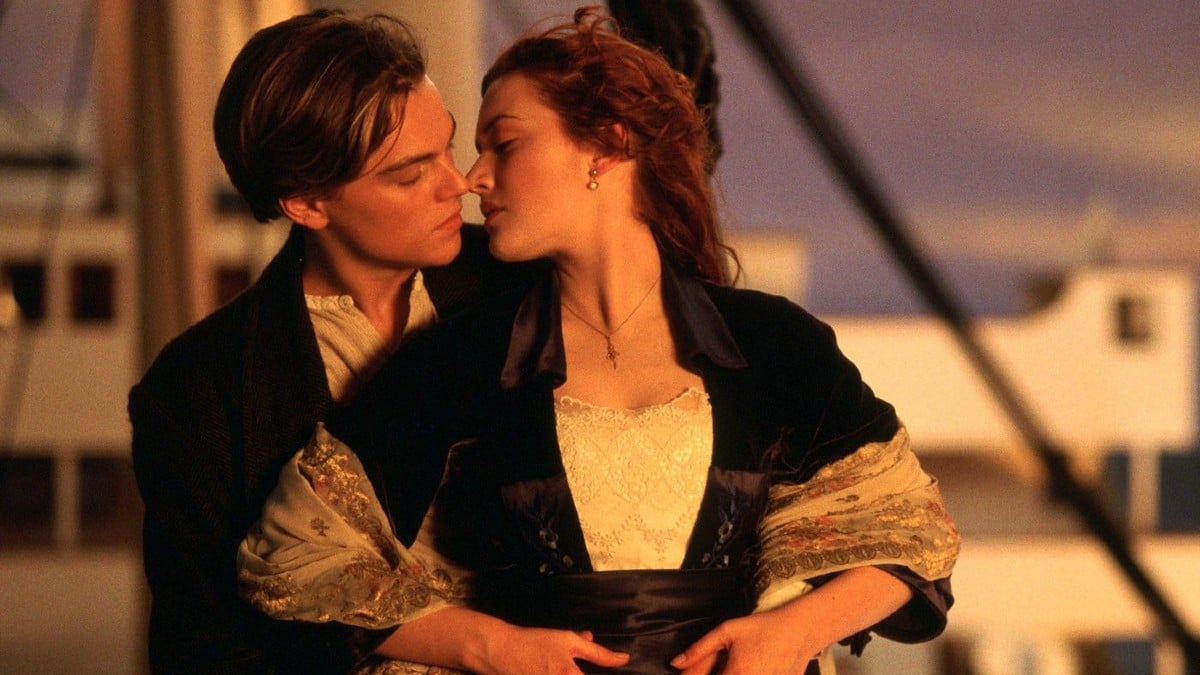
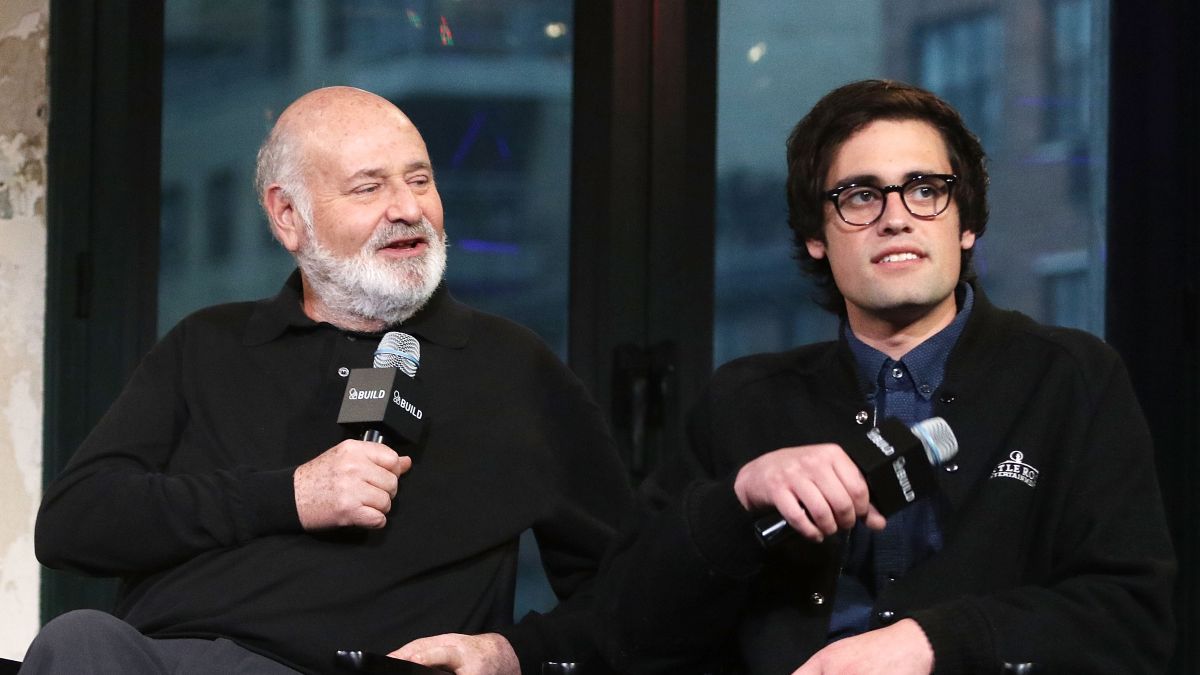
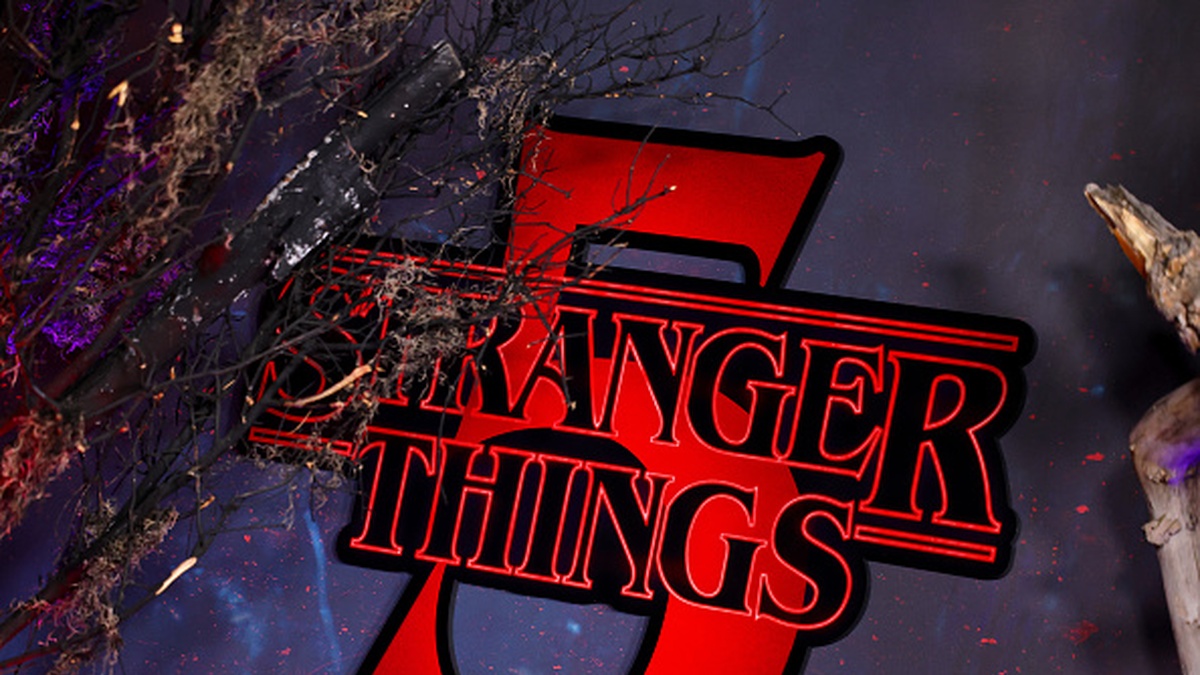
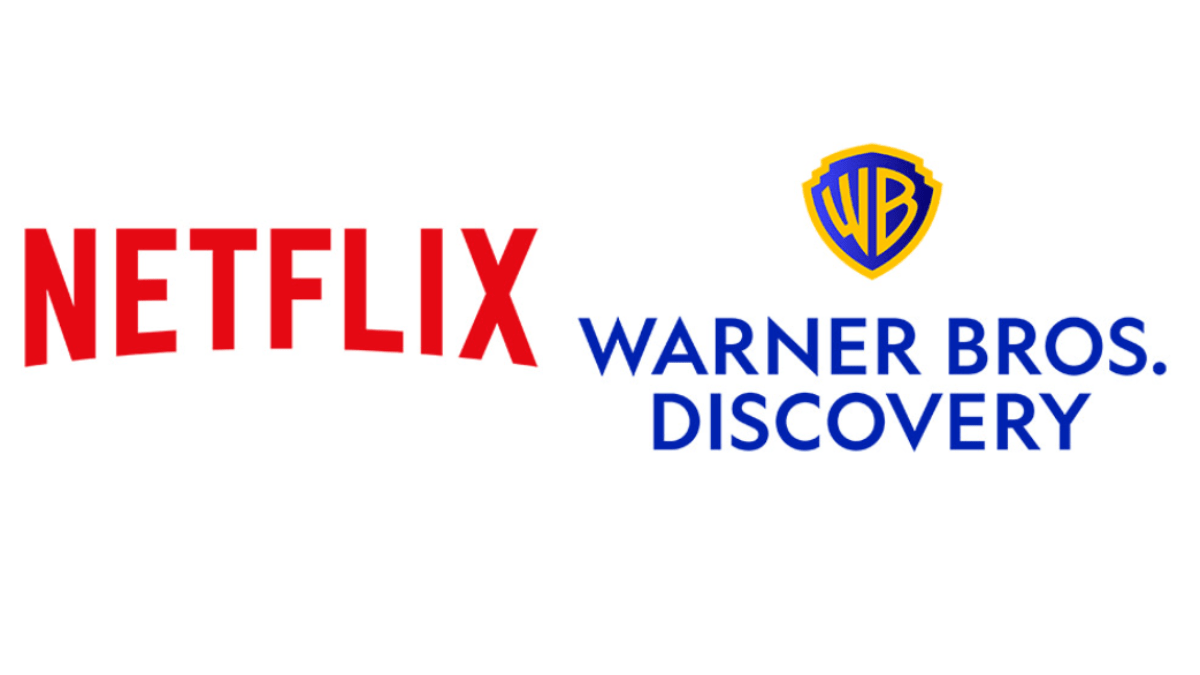
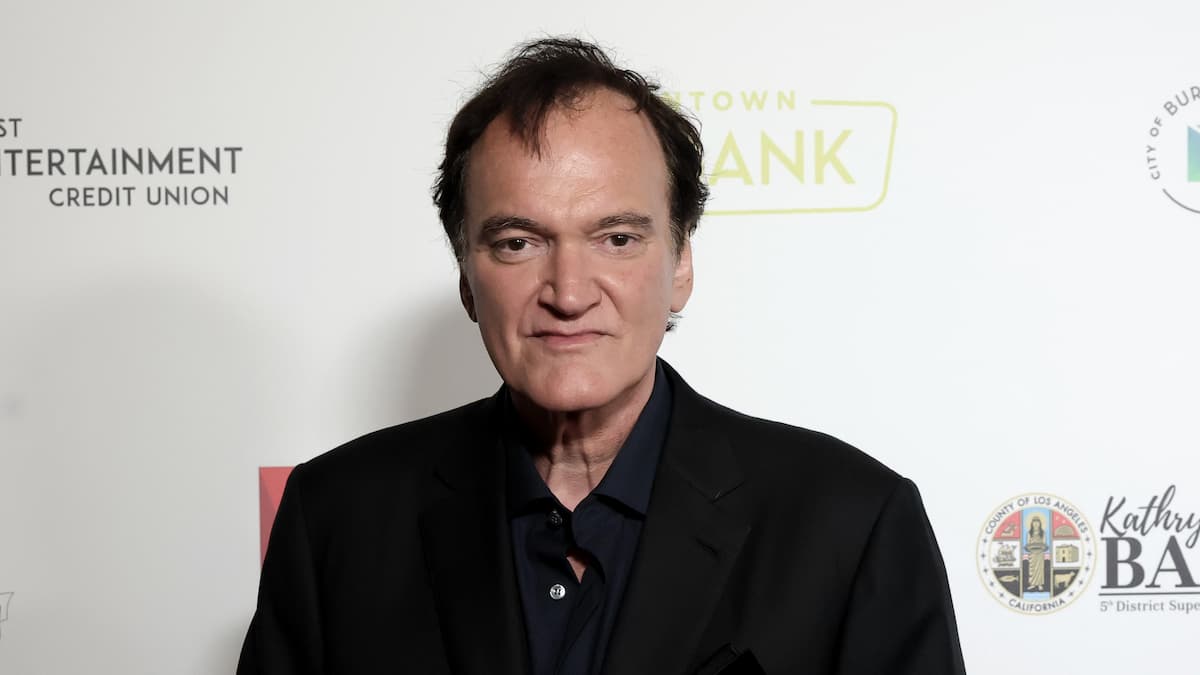
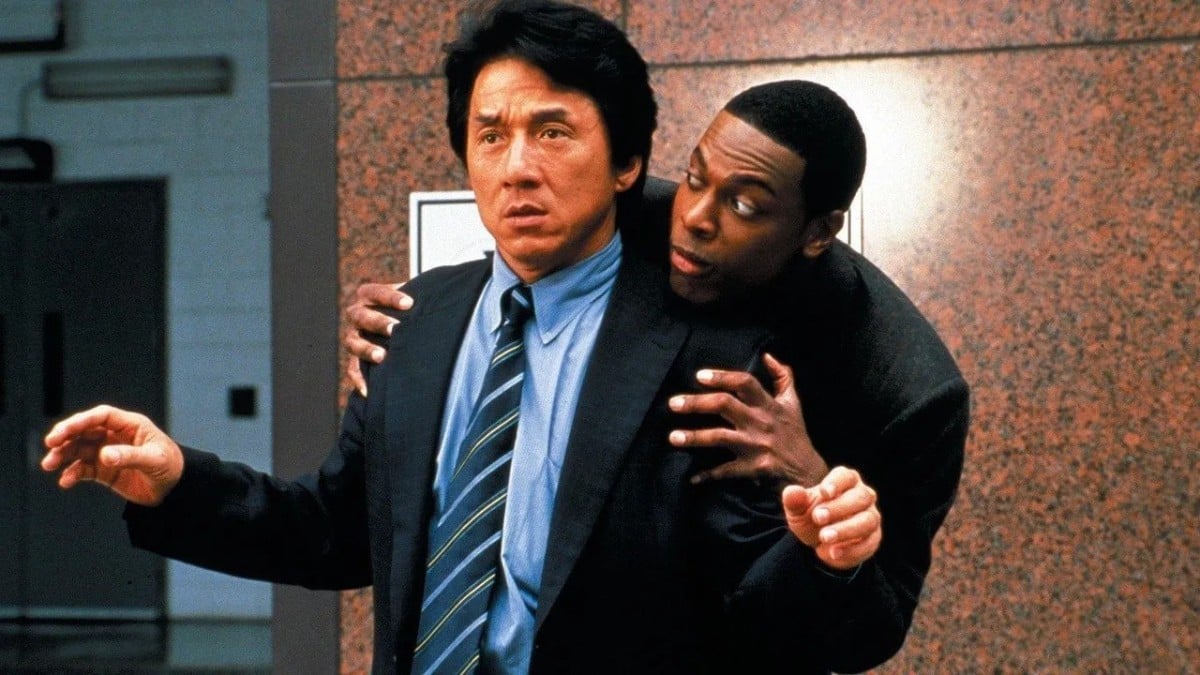
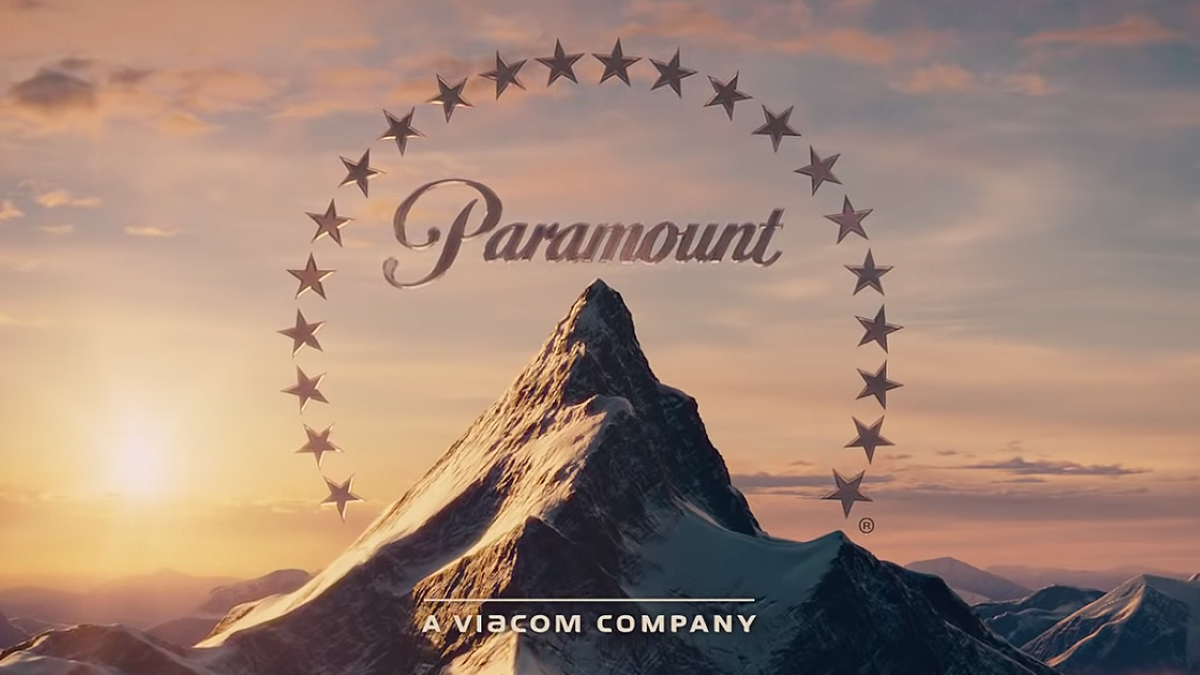
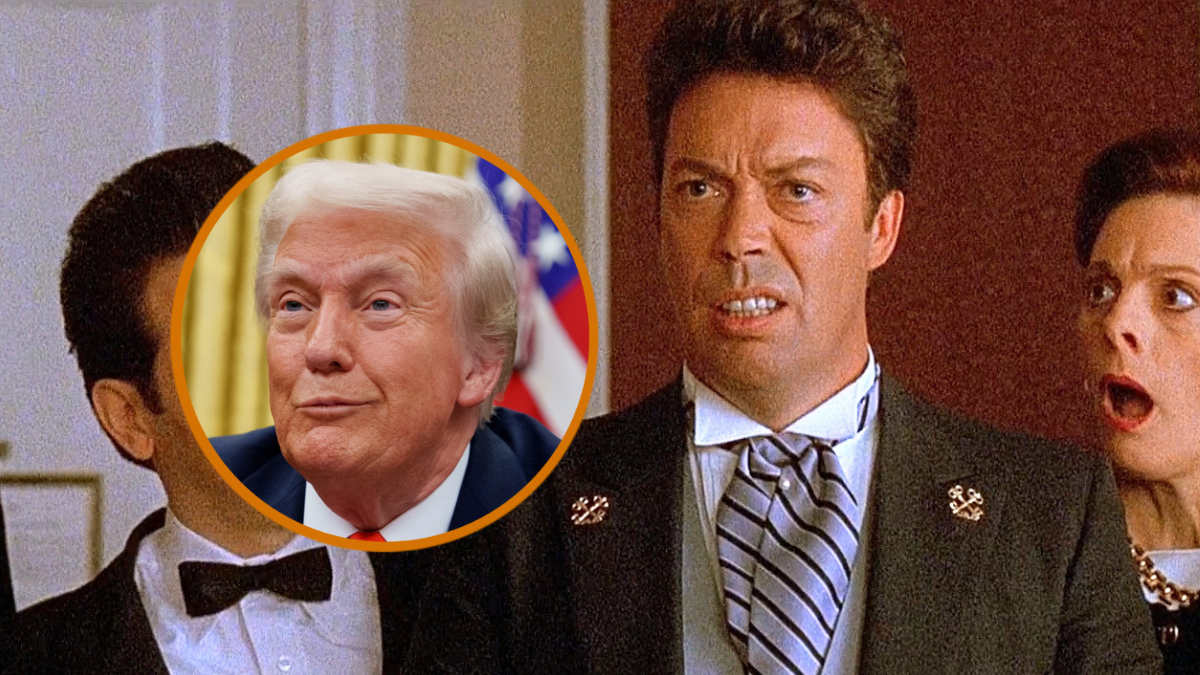
Published: Sep 4, 2014 04:41 pm